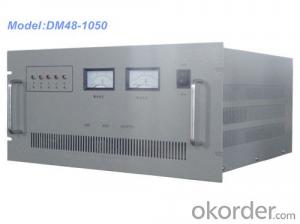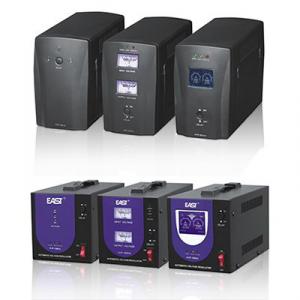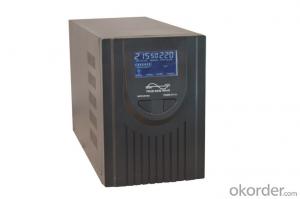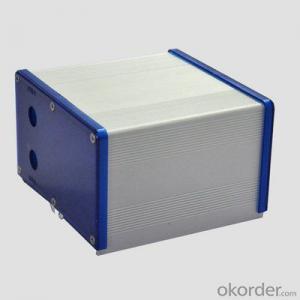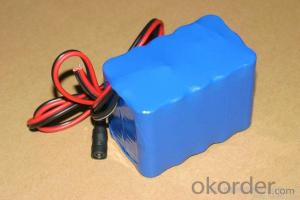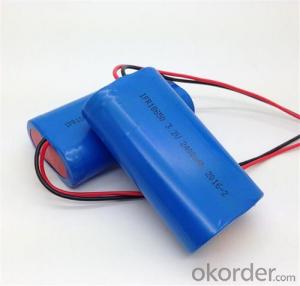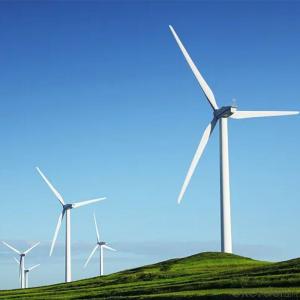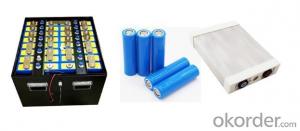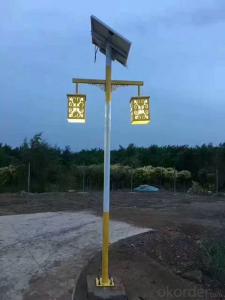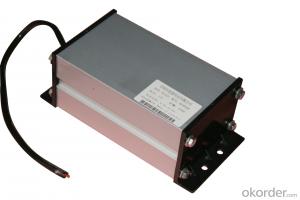Amaron Solar Inverter
Amaron Solar Inverter Related Searches
Omron Solar Inverter Infineon Solar Inverter Emerson Solar Inverter Ampinvt Solar Inverter Aims Solar Inverter Anern Solar Inverter Advanced Energy Solar Inverter Inspire Solar Inverter Amaze Solar Inverter Anchor Solar Inverter Inverter Solar Solar Rooftop Inverter Solar Solar Inverter Power Solar Inverter Microtek Solar Inverter Solar Abb Inverter Arduino Solar Inverter Mac Solar Inverter Satcon Solar Inverter Solar Ac Inverter Aps Solar Inverter Smart Solar Inverter Ac Inverter Solar Solar Ark Inverter Aurora Solar Inverter Alpha Solar Inverter Art Solar Inverter Solar Smart Inverter Aps Solar Micro Inverter Morning Star Solar InverterAmaron Solar Inverter Supplier & Manufacturer from China
Amaron Solar Inverter is a high-quality product designed to convert solar energy into usable electricity for various applications. This inverter is engineered to optimize energy efficiency and ensure a seamless integration with solar panels, making it an essential component in solar power systems. The Amaron Solar Inverter is widely used in residential, commercial, and industrial settings, providing a reliable and eco-friendly source of electricity. Its compact design and advanced features make it a popular choice for those looking to harness the power of the sun.The Amaron Solar Inverter is suitable for a variety of usage scenarios, including off-grid systems, grid-tied systems, and hybrid systems. It is designed to withstand harsh weather conditions and maintain optimal performance, making it an ideal choice for regions with fluctuating climates. The inverter's user-friendly interface and easy installation process further enhance its appeal to a broad range of customers. By choosing the Amaron Solar Inverter, users can enjoy the benefits of clean, renewable energy while reducing their carbon footprint and energy bills.
Okorder.com is a leading wholesale supplier of Amaron Solar Inverters, boasting a large inventory to cater to the growing demand for solar power solutions. The company is committed to providing customers with top-quality products at competitive prices, ensuring that the Amaron Solar Inverter remains accessible to a wide range of users. With a strong focus on customer satisfaction, Okorder.com offers exceptional service and support, making it a trusted source for Amaron Solar Inverters and other renewable energy products.
Hot Products










